MARKET SNAPSHOT
$1,499 3Q 2024
94.6% 3Q 2024
3,559 [YTD: 9,474]
1.3% 3Q 2024
+20 BASIS POINTS
2,704 [YTD: 7,818]
For the second consecutive quarter, net absorption has exceeded the number of units delivered, and is on track to surpass total deliveries for the year—something that has only occurred once since 2019.
The construction pipeline is rapidly shrinking as new housing starts have slowed, impacted by financial challenges and the recently enacted rent control policy in St. Paul. As a result, the number of units under construction in the Twin Cities metro area has fallen by 57% from its peak in early 2023.
Rent growth is accelerating and surpassing the national average, though it remains below historical levels. However, occupancy rates are starting to improve while the construction pipeline continues to contract, which should reduce the use of concessions and allow for greater effective rent gains.
3,559 UNITS
[YTD: 9,474]
Similar to the previous quarter, rental demand—measured by net absorption—outpaced new completions in the third quarter of 2024, marking only the second occurrence of this trend since early-2023. Notably, net absorption rose by 74% year-over-year, while new completions dropped by 27%. This shift has helped stabilize occupancy rates and sparked a rebound in rent trends. Minneapolis ranked among the top 10 metro areas nationwide for quarterly absorption as a percentage of inventory, making it the only Midwest metro to rank in the top 15 after adjusting for market size.
Demand was relatively balanced across the metro area, with no submarket accounting for more than 8% of the total units absorbed over the past year. However, Downtown St. Paul and South St. Paul saw very limited net absorption, with fewer than 40 units absorbed collectively, largely due to constraints brought-on by the recently enacted rent control ordinance. In contrast, Downtown Minneapolis and the St. Louis Park/Hopkins submarket each saw around 900 units absorbed.
2,704 UNITS
[YTD: 7,818]
Minneapolis’ four-year surge in housing supply peaked in early 2023, with roughly 19,000 units under construction. However, this number has rapidly declined to around 8,100 units this quarter, marking a six-year low. Despite a recent 35% increase in the development pipeline from the previous quarter, construction starts have plummeted since 2023 as local developers face significant challenges. In addition to rising construction and financing costs, the City of Saint Paul enacted a Rent Stabilization Ordinance in 2023, capping rent increases at 3%, which effectively halted new developments. Although a recent amendment introduced a 20-year exemption for new construction, it has not substantially revived activity, as developers typically plan projects with 30-year real estate loan terms in mind.
The metro’s core urban submarkets—Downtown Minneapolis, University, and Uptown—cover just 13.5 square miles, or 0.2% of the market’s total land area, yet have contributed nearly 20% of new deliveries since 2024 and over one-third of the new supply since 2010. Responding to migration trends, developers have increasingly shifted focus to the suburbs, which have accounted for nearly 80% of deliveries since 2022 and more than two-thirds of the supply currently under construction. Much of this suburban development is concentrated along mass transit corridors.
Growing rental demand has mitigated tenant turnover and stabilized the overall occupancy rate in the Twin Cities. The stabilized occupancy rate increased slightly to 94.6% in the third quarter of 2024, up from a low of 94.3% at the end of 2023, and has remained stable since. Although it is still slightly below the ten-year average of 95.5%, the metro area’s average occupancy rate exceeds the national benchmark of 94.0%. As supply and demand fundamentals improve, occupancy is expected to continue trending upward toward its historical average.
Northeast Minneapolis, a vibrant and walkable neighborhood, stands out as a strong market with a 98% average occupancy rate, matching pre-pandemic levels. In contrast, several submarkets in the urban core of both Minneapolis and St. Paul are notable weak spots, grappling with diminished vitality and ongoing safety concerns. The Downtown submarkets are experiencing stabilized occupancy rates at or below 93%, similar to the Uptown, University, and West Side submarkets, which are significantly below pre-pandemic norms. Furthermore, upper-tier properties are underperforming, with a stabilized average occupancy rate of 92%—excluding units in lease-up—while other property classes report occupancy rates of 94% or 95%.
Average annual rent growth in the Minneapolis-St. Paul metro has been steadily recovering since reaching a three-year low of 0.7% at the end of 2023, climbing to 1.3% in the current quarter. Although this remains below the metro’s ten-year average of 2.4%, the annual growth rate has decelerated by less than 250 basis points from its pandemic-era peak in early 2021—marking the smallest slowdown among major U.S. housing markets. Despite this, the five-year cumulative increase in average effective rents of 8.6% ranks the Twin Cities among the bottom five major markets nationally.
Surprisingly, Downtown St. Paul saw some of the strongest rent growth over the past year at 5.2%, despite new rent control restrictions—suggesting that the new construction exemption has benefited certain properties. In contrast, Downtown Minneapolis experienced almost no change in average rents over the same period, while several submarkets in the western metro saw rent declines. Increased competition in the luxury rental market led to greater use of concessions, resulting in no net change in average effective rents for this segment, compared to increases of 1.2% and 2.4% for mid- and lower-tier properties, respectively.
The regional economy has remained mostly stable over the past year, experiencing limited growth overall. In August 2024, total nonfarm employment increased by only 0.1% year-over-year, below the metro’s ten-year average of 0.9%, with gains in some sectors offset by losses in others. The education and healthcare sector saw a notable annual increase of 6.1%, followed by the government sector with a 4.9% gain. Conversely, the financial activities and professional and business services industries both experienced a decline of 4.6% over the past year, while employment in mining, logging, and construction fell by 4.1%. The metro area’s current unemployment rate stands at 3.9%, which is 80 basis points higher than in the same month in 2023 and 90 basis points above pre-pandemic levels, although it remains below the national average of 4.4%. Overall, the regional economy heavily relies on the healthcare sector, which is expected to continue growing due to ongoing investments in medical facilities and innovations in care delivery, particularly as the demand for outpatient services rises.
August 2024 ANNUAL JOBS CREATED
AUGUST 2024 EMPLOYMENT GROWTH
AUGUST 2024 Unemployment rate
4.4% us August rate
Nominal Change
from August 2023
to August 2024: 21,700
Percent Change: 6.1%
Nominal Change
from August 2023
to August 2024: 11,200
Percent Change: 4.9%
Nominal Change
from August 2023
to August 2024: 6,700
Percent Change: –4.1%
Nominal Change
from August 2023
to August 2024: 300
Percent Change: 0.4%
Nominal Change
from August 2023
to August 2024: 200
Percent Change: 0.1%
| Sector | Nominal Change from August 2023 to August 2024 | Percent Change |
|---|---|---|
| Education and Health Services | 21,700 | 6.1% |
| Government | 11,200 | 4.9% |
| Mining, Logging, and Construction | 6,700 | -4.1% |
| Other Services | 300 | 0.4% |
| Leisure and Hospitality | 200 | 0.1% |
| Information | -1,000 | -3.5% |
| Trade, Transportation, and Utilities | -2,100 | -0.6% |
| Manufacturing | -3,500 | -1.7% |
| Financial Activities | -6,800 | -4.6% |
| Professional and Business Services | -13,900 | -4.6% |

BAE Systems Land & Armaments, an arms and aerospace manufacturer, is developing a 248,000-square-foot headquarters in Maple Grove. This new facility is expected to position the company among the top five principal employers in the city.

Aldevron, a North Dakota-based biotechnology company, is relocating to and expanding at a 23-acre site in Eden Prairie.

Canadian solar panel manufacturer Heliene Inc. has recently reached an agreement with Premier Energies, India’s second-largest solar cell manufacturer, to establish a solar cell manufacturing facility in the Twin Cities.
Looking ahead, while weaker urban demand and ongoing job losses in office-related sectors present downside risks, the significant decline in new supply is expected to foster conditions for occupancy rates to rebound to historical norms by the end of 2025, with rent growth likely accelerating thereafter. The sharp drop in construction starts this year, combined with sustained demand strength, is projected to shift occupancy rates from a stabilization phase to a growth period, reducing the need for concessions—especially in the competitive upper-tier rental market. These trends, along with several large-scale economic expansion projects in the Twin Cities, should support stronger rent increases. Consequently, the baseline forecast anticipates average annual rent growth returning to 3% by the end of 2024.
Sources: Costar; ESRI; U.S. Census Bureau; Yardi Matrix; U.S. Bureau of Labor Statistics













